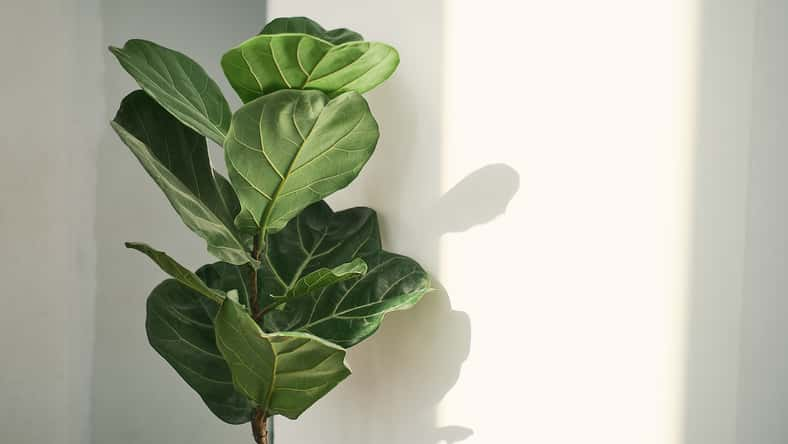
Have you ever strolled through the produce section or your local farmers’ market and stumbled upon something that looked like a lime but wasn’t quite right?
You probably met the limequat: a unique, zesty citrus fruit that’s been quietly making waves among culinary enthusiasts and gardeners alike.
This intriguing hybrid offers a blend of flavors and uses that might just make it a new favorite in your kitchen and garden.
Unpeeling The Origins Of The Limequat
The limequat is a citrus hybrid, a love child of the key lime and the kumquat, created to combine the best traits of both.
Its origins trace back to the early 20th century, making it a relatively new addition to the citrus family. So, unlike its more widespread relatives, the limequat is still a bit of a novelty.
It boasts the tangy, tart flavor of the lime with the sweet, edible peel of the kumquat, offering a complex taste profile that’s both refreshing and unique.
Not Your Average Lime
At first glance, limequats and limes share a similar green hue and petite size, but the similarities end there.

Limequats are distinguishable by their oval shape and the sweet, edible rind that encases the juicy, sour interior. This combination of sweet and tart makes limequats more versatile in cooking and baking than their purely sour counterparts.
Plus, their small size and edible peel mean less waste and more flavor in every bite.
Cooking With The Limequat
Limequats are a game-changer in the kitchen. Their unique flavor profile makes them perfect for a variety of dishes, from marmalades and preserves to even cocktails and salads.
Try slicing them thin and tossing them into a salad for a burst of citrus, or juice them for a twist on traditional limeade.
Their sweet rind also makes them ideal for candying or adding whole to savory dishes for an unexpected zing.
Choosing Your Limequat Variety
The most popular varieties of limequats include the Eustis, Lakeland, and Tavares. Each variety has its own unique characteristics, but all are relatively similar in taste and appearance.
Eustis is known for its cold hardiness, making it a great option for gardeners in cooler climates. Lakeland produces larger fruit, while Tavares is praised for its prolific yield. Just try to choose a variety that best suits your climate and space.
Planting Your Limequat Tree
To grow your own limequat tree, it’s best to start with a healthy young tree from a reputable nursery.
Limequats can be grown in the ground in warmer climates (USDA zones 8-11) or in containers for those in cooler areas.
When planting, choose a sunny spot with well-draining soil. Or, if you’re using a pot, ensure it’s large enough to accommodate growth and has proper drainage holes.
Caring For Your Limequat Tree
Limequat trees thrive with regular watering, especially during dry spells, and appreciate a citrus-specific fertilizer during their growing season.
They are relatively low maintenance, too, but they do require some care to prevent stress and promote healthy fruit production.
Pruning is minimal as well, usually just to shape the tree or remove any dead or crossing branches.
Preventing Common Problems
Like all citrus trees, limequats can be susceptible to pests like aphids, citrus leaf miners, and scale insects. So, regular inspections and natural or recommended treatments can help keep these pests at bay.
Additionally, ensure your tree isn’t overwatered or left in standing water, as this can lead to root rot.
With a bit of diligence and care, your limequat tree can be an exotic and beautiful addition to your garden.
Sign up for Chip Chick’s newsletter and get stories like this delivered to your inbox.












